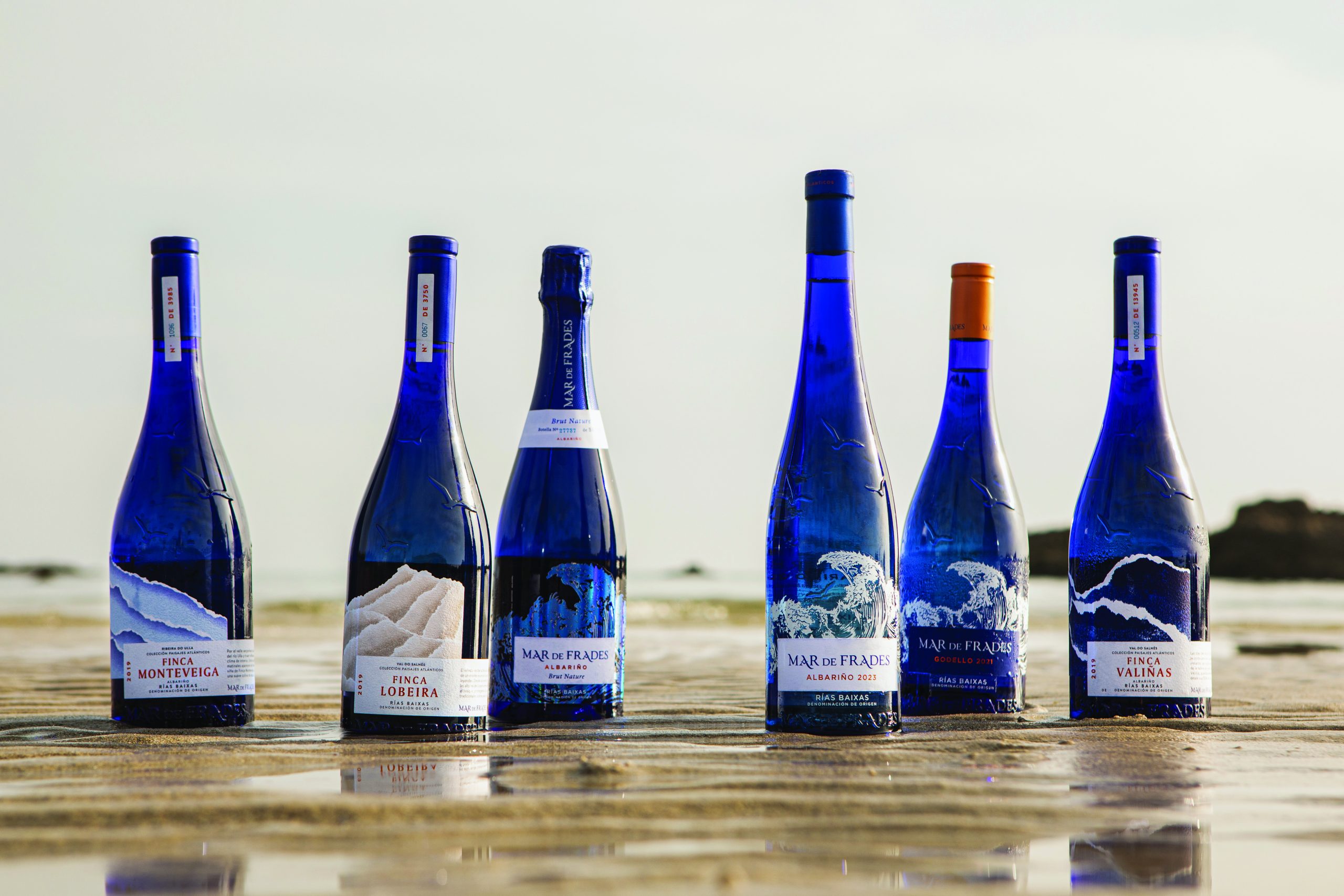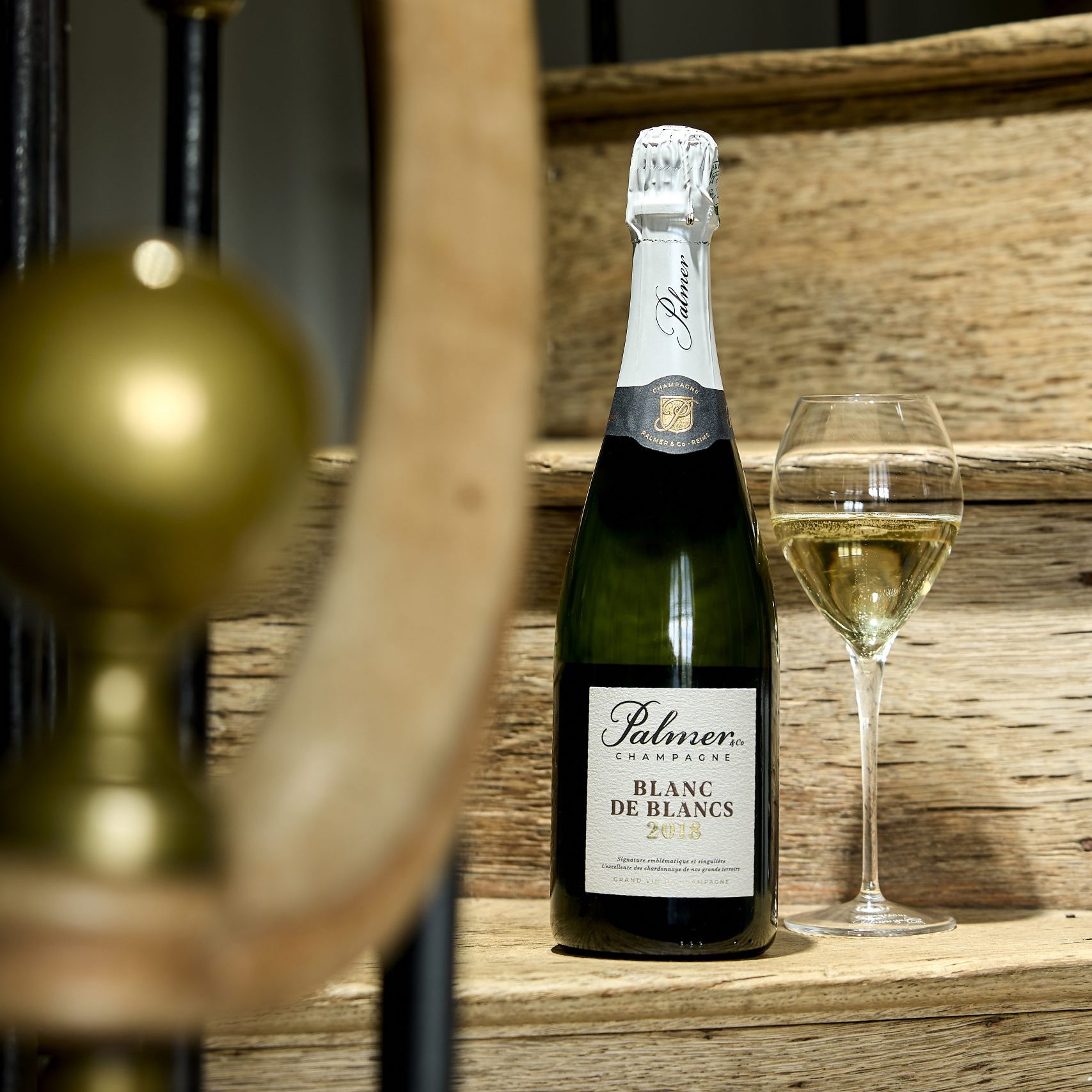Chile Retail: Seeking points of difference
Is Chile’s image responsible for the decline in UK supermarket sales? The country’s wines are positioned as fruit-driven, easy-drinking and safe but, says Clinton Cawood, these selling points are hardly unique
Despite Chile’s significant presence in UK supermarkets, sales have been on a gradual decline in the last year, and there are some definite obstacles to surmount. Given all that Chile has to offer, however, this could just be a temporary lapse in an otherwise positive history.
The majority of Chilean wine in the UK, much like wine from most markets, is sold through multiple grocers, making this a promising arena for an increase in sales, at least in volume. As Tesco’s product development manager, Phil Reedman, explains, “With nearly three-quarters of UK off-trade wine sales going through the multiple grocers, this sector remains the main opportunity in terms of volume growth.â€
Raúl Katz, commercial and marketing manager for Viña La Rosa, agrees, and indeed much of this producer’s efforts have gone towards this sector. Viña La Rosa’s activity with multiple grocers has taken the form of successful joint ventures, as well as the development of private labels.
Katz also acknowledges the importance of multiple specialists. “The small specialist chains are now becoming massive, and the level of expertise of the buyers is tremendous,†he says. As the size of these chains increases, they
are becoming “characterised by similar tactics to the supermarketsâ€, according to Simon Farr, deputy chairman at Bibendum. He believes that there is “a huge amount of potential with the independent wine merchantsâ€, but he acknowledges, “It is easier for the independent to sell Bordeaux 2005 than it is to market £10 Chilean wine.â€
While the importance of increasing sales of Chilean wine in the off-trade, and in particular in supermarkets, is recognised, there are undoubtedly challenges to face. As John Osborne, PLB’s business development manager: South America, puts it: “Looking at the recent figures, the off-trade is worth avoiding. Given the current supply and pricing issues in Chile, success and focus on the on-trade are essential to continue to build brand Chile.†Graham Sumeray, managing director of Buckingham Vintners, specifically highlights multiple on-trade chains as having the potential for growth.
Katz believes that growing on-trade sales and brand recognition can only benefit the off-trade. “If you have a great time with friends at a restaurant where a Chilean wine is served,†he says, “on your next trip to the local independent, off-licence or supermarket, you will try to find that same brand.â€
In terms of the off-trade, however, Reedman remains positive. “At Tesco we continue to see sales increase within the category and we educate consumers further through features and exclusive Chilean case offers,†he says.
This is not necessarily the case with all retailers, however. According to ACNielsen, off-trade sales volume of Chilean wine in the UK dropped by 3% in the last year, with a 1% decline in value (MAT to w/e 20/05/06), compared to a total off-trade increase of 2% volume and 3% in value. Sumeray acknowledges, “Growth in Chilean wine has faltered. Some major players have broken through the £5 price barrier, and others have focused on premium or unusual varietal offerings.†The solution for Chile, he says, “is to keep reaffirming its key selling point as easy-drinking, fruit-driven wine – not necessarily at the expense of other activities.â€
In addition to this, consumer perception of Chilean wine is generally positive, both in terms of quality and value. As Farr says, “The perception is that you get a lot for your money with Chile. On the whole, people feel safe with Chile. It’s what people were saying in the early days of Australia. The perception of Chilean wine is not the problem. The problem is finding opportunities to make a more interesting array of wines available to consumers.â€
Michael Cox, UK director for Wines of Chile, agrees that the priority for Chile should be finding routes to market. Another cause for the decline in sales, according to Cox, is “because Chile has not participated in as many promotional slots†in the last year. Given the volumes that multiples are responsible for, there is potential for this impact on sales to be significant. Steve Rosser, director of Brand Phoenix, believes that, “As the promotional activities come, however, Chile must be able to logistically sustain the growthâ€.
Further evidence of less Chilean promotional activity is its steadily increasing average bottle price, now at £3.78 (ACNielsen, MAT w/e 20/05/06). This is still under the UK off-trade average of £3.86.
“I do not see the UK growing much in per capita consumption. The consumer looks for the best-value wine,†says Andres Barros, the international marketing director at Santa Rita. Producing quality wine, while raising this average bottle price, is therefore essential.
The increase in the last year, however, does indicate that this is being achieved. It also suggests that there is a growing willingness by consumers to trade up when purchasing Chilean wine. Cox explains that “generically, Chile has been repositioning itselfâ€, offering more than just lower-priced “Monday to Thursday†wine. He believes this move is essential, when the alternative is “going down the commodity route like Germany, Hungary, etc.â€
This seems to be a logical direction to take, when there are few negative things said about the quality of Chilean wine. Barros believes that “Chile has everything to become the best-value position leaderâ€. Reedman’s confidence in the quality of the wine is such that he believes that tastings, or “putting Chilean wine into consumers’ handsâ€, is the best way to improve sales in the retail sector. Katz is confident, too. “Chile is fortunate,†he says. “Because of its diversity in geography and climate, we can produce almost any varietal, and they all come out well.â€
The best way to take advantage of Chile’s potential to produce diverse, quality wines is to ensure that consumers are adequately educated about what Chile has to offer. Reedman believes it is necessary to “further educate and help consumers to explore the exciting wine world of Chile at all price pointsâ€. The way to achieve this, he suggests, is via “tastings, wine write-ups, brand-building activities by suppliers and ongoing PR exercisesâ€. In short, “bringing the Chilean experience in its totality to the UKâ€.
A question of image
Wines of Chile, the generic body, has an important role in this, and most big players involved with Chilean wine are positive about its success so far. “Wines of Chile is doing a very good job,†says David Garlick, owner and MD of D&D Wines. However, he believes that, “If we work with them, there is great potential for consumer education.†Brand Phoenix’s Rosser believes that producers and Wines of Chile, “need to ensure that retailers maintain the generic focus on Chileâ€. While Cox, director of the generic body, admits, “There has been quite a bit of turbulence, but the underlying trend is still good.â€
If producers and retailers are to increase not only sales volume, but also average bottle price, further development of the image of Chile in the mind of the consumer is essential. Without this, Chile runs the risk of being grouped with other countries’ offerings, something that can only be detrimental to the country’s image. With specific varietal specialities, unique and diverse agricultural conditions, not to mention a positive lifestyle image, marketing of Chilean wine should undoubtedly distinguish it from competing countries.
Rosser points out the importance of allowing “the consumer to interact specifically with, and build confidence in, Chileâ€. He further warns that, “Chile needs to ensure that its identity is not blended in with those of other countries, and that its product proposition is clearly communicated to the consumer.â€
Partner Content
Osborne argues, “It is important for brand Chile to have its own identity and reinforce that message on the shelf.†Rosser agrees, stressing that, “The category could benefit from more Chilean-specific promotions, as opposed to being grouped in South American or Spanish promotions with other countries.â€
Whether to take this marketing further and tackle a Chilean regional message is open to debate, however. Osborne, on one hand, believes the time is right to “push the regional angleâ€. Garlick agrees that, “Consumers are ready for a regional message, like the Australians introduced in the past.†Farr, however, argues, “Regionality is a forced marketing device that can confuse more than anything else. Individual ideas and great wines in the bottle is the way to sell.â€
The embodiment of this is usually a great brand, something that Chile could further develop. Barros believes, “Branding from Chile is very poor. It needs to have more brands in retail, with consistency across channels. The lack of multi-channel brands lowers brand awareness, consistency of the brand message in different channels, and the power to negotiate with the trade.â€
According to Rosser, “The key to the category’s success will be sustained promotional investment by the major brands.†He adds, “It would be great to see more established brands and producers.â€
The maturing market, according to Sumeray at Buckingham Vintners, will result in an enhanced branded offering and, subsequently, it will improve Chile’s average bottle price. He explains that the market will “hopefully consolidate, so that smaller players looking to buy their way into the market by undermining pricing structures will be squeezed outâ€.
Chile’s current decline in the UK appears worse when compared to some other producing countries’ performances. ACNielsen figures for UK off-trade wine sales (MAT w/e 20/05/06) suggest that the gains being made by the US, New Zealand and Italy are at the expense of sales of wine from other countries, assisted in many cases by promotional activity.
Chilean wine is, of course, not immune to promotional mechanics, discounting in particular. As Farr puts it, “It is the leading mechanic.†He believes this is a “function of retailers applying their pricing powerâ€, and that it will “continue to be the main driver until we start to see the law of diminishing returnsâ€.
Until then, discounting activity will remain a reality, for the UK retail market in general. As Sumeray explains, “This is a tough market in terms of pricing and is not a place for the faint-hearted.†But in spite of this, he believes, “There remains huge growth potential for Chilean wine in the UK.â€
The alternative for Chile, according to some, may be to concentrate on other markets. As Katz says, “The UK is still Chile’s number-one market in terms of sales volume. But with regards to growth and price point, the importance of the UK is clearly shifting in favour of other markets.â€
For now, however, there are still enough producers and retailers championing the cause of Chilean wine in the UK, ready to make use of its potential to reverse the current downward trend. And with this level of support, a rising bottle price, and diverse, high-quality wine, the future looks promising.
Strength in depth
A great strength of the Chilean wine industry is its ability to produce a wide range of varietals, international and Chilean alike.
According to Andres Barros at Santa Rita, “Chilean Cabernet and Sauvignon Blanc for me are the best value in the wine market.†PLB’s John Osborne agrees, saying that, “Sauvignon Blanc should be focused on, as Chile sits in a nice niche in the market with regard to this variety. It is not as expensive as New Zealand’s, more typical than the USA’s, and less herbaceous than South Africa’s.â€
Other promising varietals currently include Syrah, Carmenere and, to some extent, Merlot. David Garlick of D&D Wines says, “Carmenere is the obvious varietal. It isn’t particularly well understood by the consumer, but it is pretty special to Chile.â€
Viña La Rosa’s Raúl Katz takes this further, saying that Carmenere is “a delicious and food-friendly wine with a sexy story behind it, which is building up to be a Chilean emblematic variety.â€On the other hand, Simon Farr at Bibendum believes, “You can keep looking for something more esoteric like Carmenereâ€, but he adds that Chile is capable of producing “nice big juicy Cabernet that you can rely on, with flavour and depthâ€.
Tesco’s product development manager, Phil Reedman, has the following advice: “A great way to introduce consumers to Chilean grape varietals is to blend them with international varieties such as Cabernet Sauvignon.â€
And Tesco is not the only one having success with blends from Chile. Osborne confirms that, “Shiraz blends are doing very well for us.†Garlick believes that Chile should not be reliant on particular varietals, but does point out its increasing success in white blends.
© db September 2006




